Did you know that in the fashion industry’s ongoing effort to promote a circular economy, the cutting-edge sustainable fabric is being produced from food waste?
Using sustainable and organic fashion is a terrific method to lessen the negative effects of the fashion industry on the planet.
Stay with us if you’re intrigued by how food is turning into fashion garments.
In this article, we at Niradi discuss some of the fabrics manufactured from food waste that are environmentally friendly.
Advantages of Reusing Food Waste to Create Sustainable and Organic Fabric
The fashion business generates more carbon emissions than international travel and shipping put together, according to the United Nations Environment Programme.
By 2050, it is forecast that the fashion industry will consume 25% of the global carbon budget as the wheels of fast fashion businesses continue to turn.
For sustainability, it’s essential to look for sustainable fashion options to reduce textile waste and the materials used to make clothing.
Benefits of Fabric Made From Recycled Food Waste:
- Reduces food waste and disposal while promoting a sustainable economy.
- Often biodegradable
- Natural fibre may be less irritating and kind to the skin.
- Permits the use of land for the production of food rather than the creation of textiles from natural fibres.
- Each fibre has special qualities and advantages that come from the plant from which it was made.
How to make fabric out Of food?
Plant waste might magically transform into sustainable cloth in a number of various ways.
In the end, everything relies on the kind of plant that is recycled.
A plant-based fabric can be made from a variety of elements, including stalk, seeds, leaves, and peel.
Agraloop is a startup which is turning agricultural waste into fibre.
Plant branches and petals are collected, separated, and cleaned to create Agraloop BioFibre. After some “wet processing,” which entails allowing the raw material to activate chemically, it can be dried and spun into yarn.
Hemp fabric and other natural materials produced from raw ingredients like bananas and pineapples can indeed be created with Agraloop BioFibre.
What kind of food waste is made into Yarn?
Let’s take a look at some hip recycled textiles and materials that are available right now.
Banana Fibre
Banana fibre originates from the stem or peel of the banana tree.
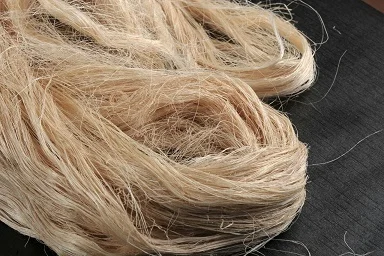 This environmentally friendly fabric has long been used in Asia, but fortunately, the general public has now begun to recognise the advantages of using bananas to make environmentally friendly fabric for clothes.
This environmentally friendly fabric has long been used in Asia, but fortunately, the general public has now begun to recognise the advantages of using bananas to make environmentally friendly fabric for clothes.
Fabrics made from banana fibres are soft and supple, as well as breathable and a natural sorbent. They tend to have a natural shine to them as well and are often compared to silk.
The waterproof fabric developed from bananas is called Bananatex, and is produced in the Philippines.
Fibre from Potatoes
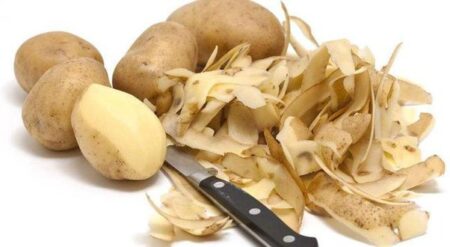 Recycled potato trash is used to create the sustainable substance known as Parblex.
Recycled potato trash is used to create the sustainable substance known as Parblex.
Because of hardness as a quality, Parblex is effectively employed in the fashion sector for buttons and eyeglass frames.
Once maligned, and mostly discarded waste materials—sometimes the most surprising—are given a new life to transform our wardrobes sustainably.
Orange Peel Fibre
Orange peel waste that otherwise would have been thrown away is converted into Orange Fiber.
Organic Orange Fiber Fabric is incredibly robust, silky, and cuddly. It has a lovely drape, is wrinkle-resistant, and has the advantage of being available in a variety of price points and fabric kinds, such as crepe, satin, cotton etc.
Fibre from Pineapple
The pina fibre is called Pinatex, is often white or ivory in colour, is softer and has a lustrous look. Fabric is resilient and moisture-resistant. The fabric has a linen-like look, is lightweight, and is easy to maintain. Pineapple silk is regarded as the queen of Philippine textiles.
Lotus Fibre-
Lotus fibre is a natural organic textile fibre that is derived from the lotus plant’s stems. These are naturally cultivated on Burma Lake and Lake Inle, and are spread throughout India, is the only microfiber made of natural fibres and is environmentally beneficial.
Because of qualities like immortality, divinity, purity, and sanctity, as well as being the national flower of India, it is known as a luxury textile fibre.
Fibre from Sugar Cane
Sugar cane is one of the rapidly producing plants from which sugar is developed, and fibres remain totally thrown off. However, the organic and sustainable fashion industries are now focusing on this environmentally friendly fabric for clothing. And, according to a study, sugar cane fibre has the least environmental impact while also attracting new customers on a daily basis.
Conclusion
Even before anything like man-made fibre came into existence, natural fibres were ruling the world of apparel and there were several blends available even then. Today, the textile industry is flooded with blends of sustainable and organic fabrics.
By producing adaptable and morally sound recyclable materials for the modern consumer, using resources like food waste is an effective approach to assist the environment.

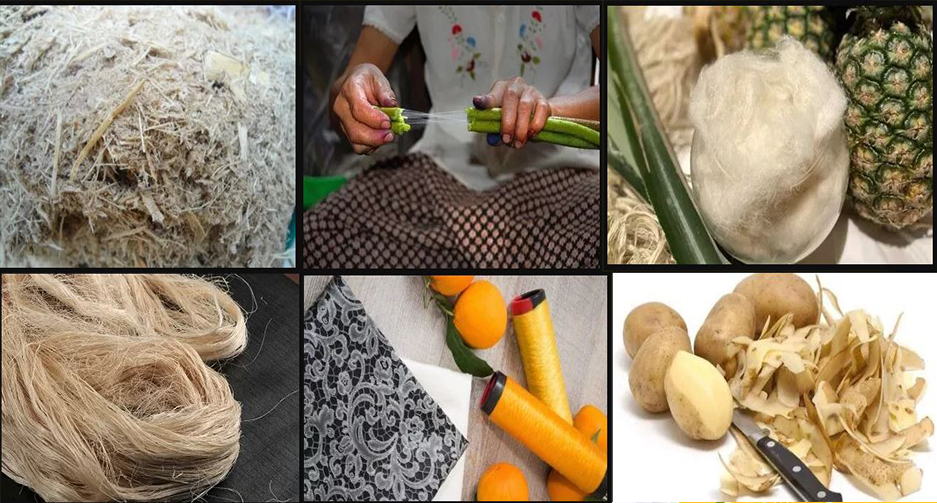
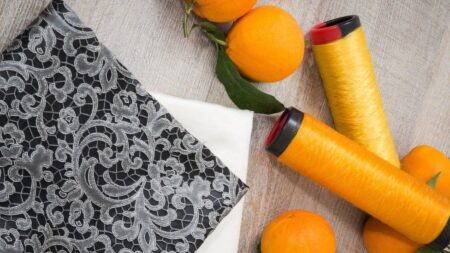
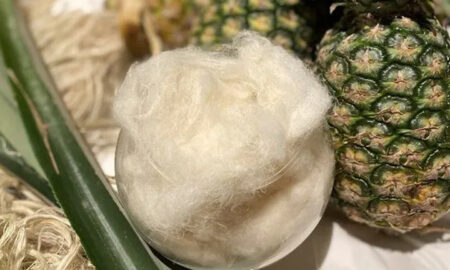
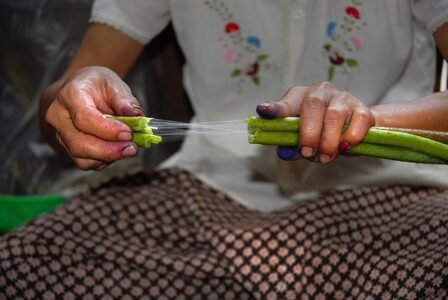
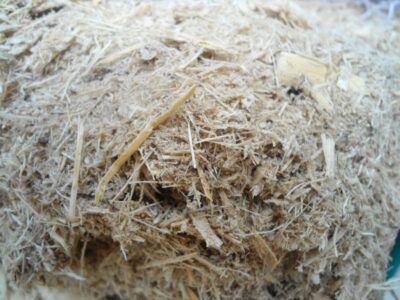
There is definately a lot to find out about this subject. I like all the points you made
I just like the helpful information you provide in your articles
Very well presented. Every quote was awesome and thanks for sharing the content. Keep sharing and keep motivating others.
Brilliant post, I couldn’t agree more!
You’ve got a knack for simplifying complex topics, bravo!
very informative articles or reviews at this time.
Very well presented. Every quote was awesome and thanks for sharing the content. Keep sharing and keep motivating others.